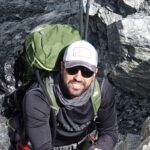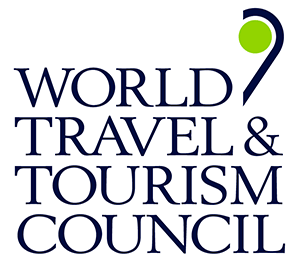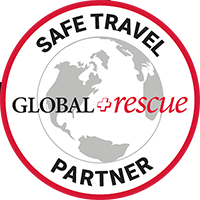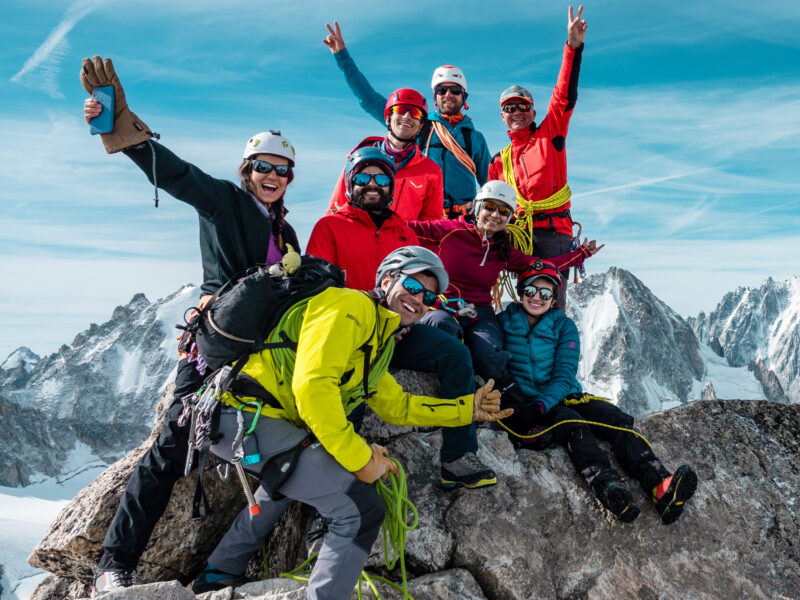BY Anthony Mezher | March 30 2023
Kilimanjaro: The Magic Mountain
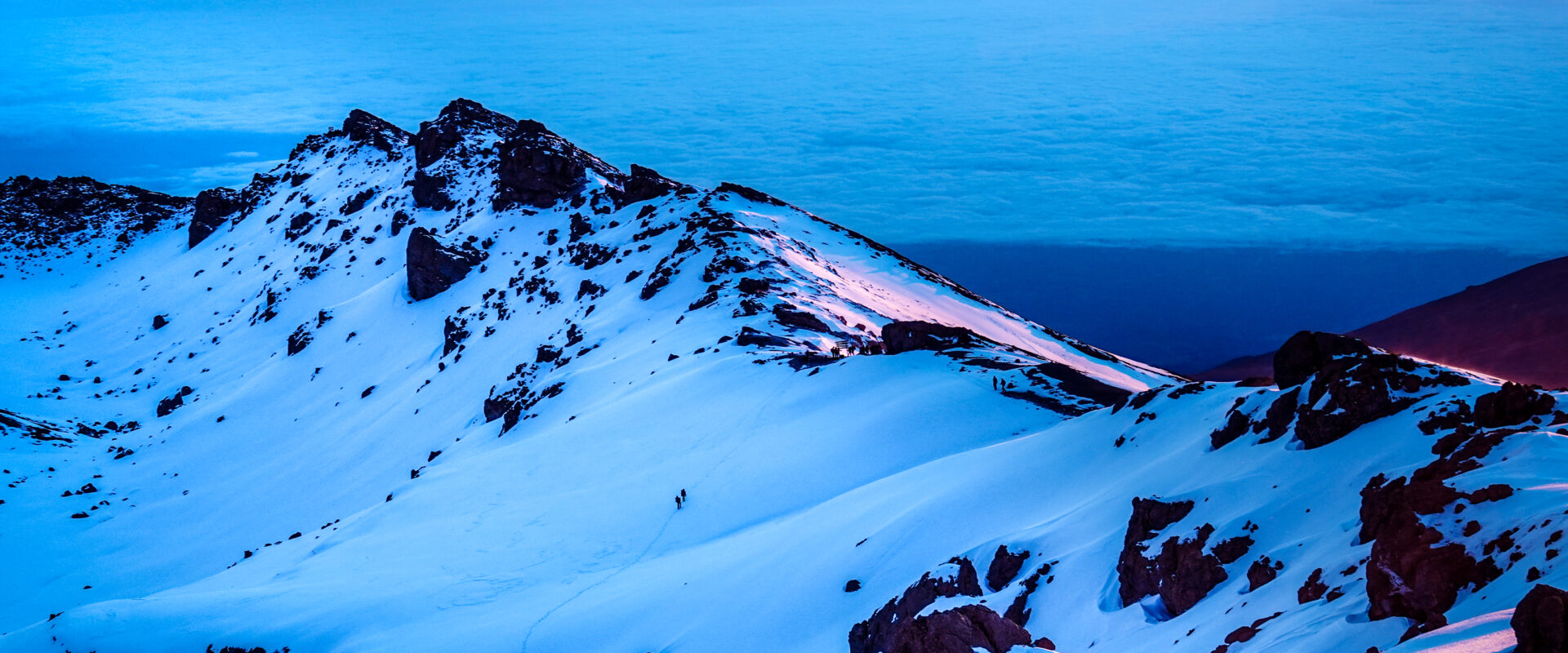
Last week, LHO began the Moving Mountains project by taking two outstanding individuals, Fred, who has Retinitis Pigmentosa, and Raneem, who has Cerebral Palsy, up to the summit of Kilimanjaro. Watching their stories on Instagram brought tears to my eyes every time. I was so touched that it made me reflect on a lot of things, especially my own journey with that majestic mountain, Kilimanjaro.
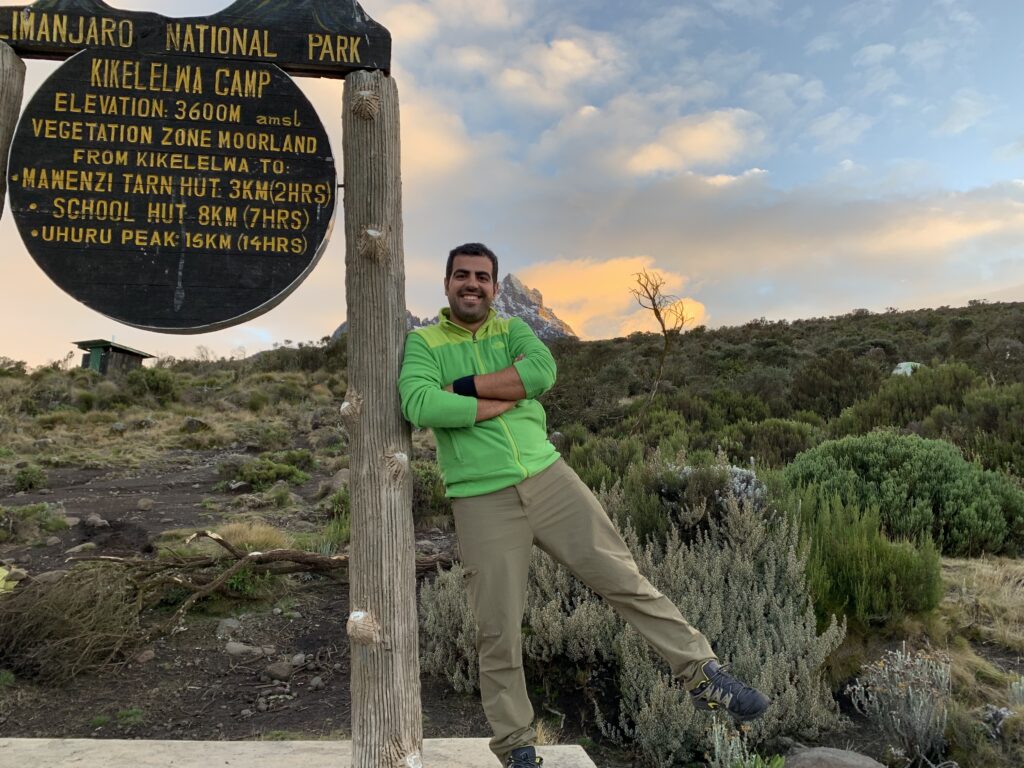
It all started in school during a geography class when our teacher told us about the highest summits on the continents. Kilimanjaro was not only the highest summit in Africa but also the highest free-standing mountain, where only humans with super strength and high endurance are able to summit, and some couldn’t make it. I was stunned and wowed, and the memory was locked away.
Then life happened, I started working, and the vicious cycle of fast food took over. Until one day in 2016, while having a meal with friends in Dubai, the idea of climbing Kilimanjaro came up. Recently, back then, a group had come back from Tanzania after failing to summit and claimed that it was the hardest thing they had ever done in their lives. I still remember very well; I was holding a double cheeseburger with extra cheddar and chicken wings on the side with a pint of beer, and I said, “I think I can do Kilimanjaro,” with a bit of hesitation. Andre, my food buddy, said the same. We were laughed at horrendously, and it was an awful feeling to get rejected. Looking back at it right now, I understand what they meant, as our portfolio of food was 3 big tasty meals at McDonald’s as a weekly outing ritual, other than continuous fast food binge eating, and devouring anything that comes our way, from open sushi to buffets. We held records, and we were proud of it. It was our achievement, and we told everyone about it, and it felt good to see their surprising reactions. Those ironic laughs hit hard, though. I come from a place where saying “no, it is not possible” or “you can’t do it” is not an option, and the memory was locked again.
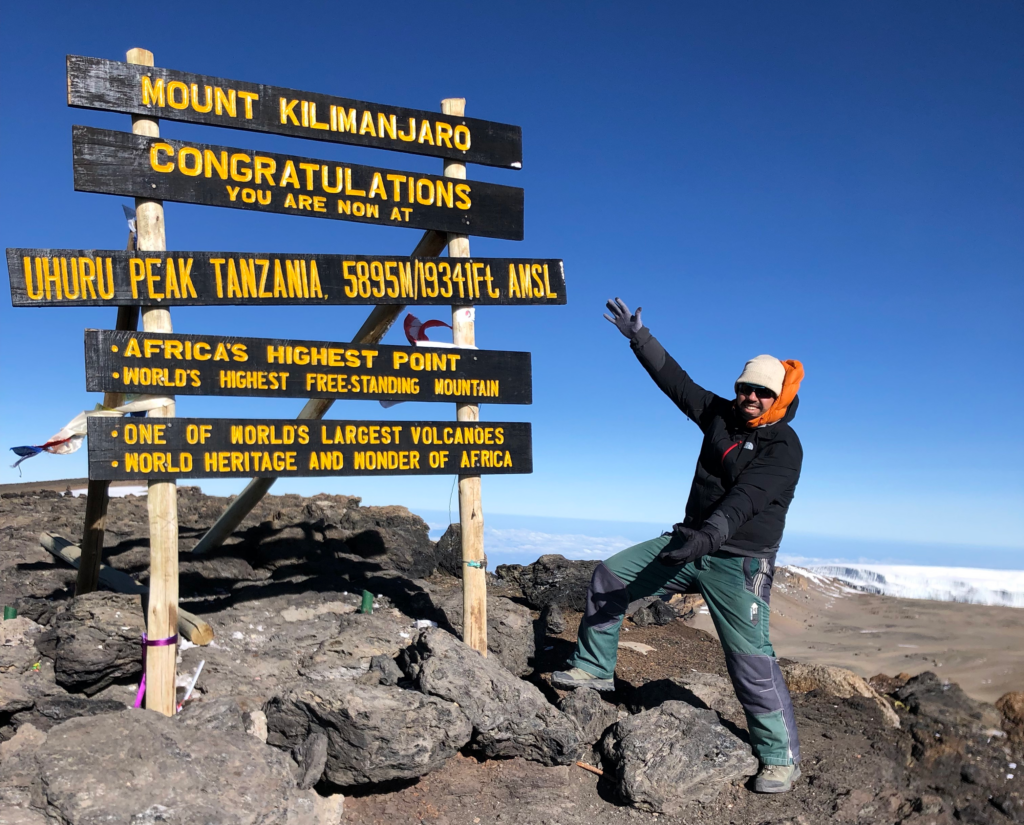
In 2018, on New Year’s Eve, I stood on the summit of Kilimanjaro. I suffered immensely to get there, and it was truly one of the hardest experiences of my life, not only because of my weight or physical ability but also because of my lack of knowledge about mountaineering and high altitude, whom to go with, and what gear I should have. I trained for it for three months, doing cross-fit, while I should have been doing cardio. I went on a strict diet and lost both fat and muscle, while it should have been a healthy diet focused on protein. I came back from that mountain begging for more.
In 2021, I was a team leader with LHO, leading 14 people up to the summit of Kilimanjaro, 5 days up and 2 days down, and at the time, planning the way to run it up and down in one day. All these are personal achievements, but they are incomparable to the faces of others when they reach the top of Africa. Kilimanjaro is no ordinary mountain. Through pain and agony, they have conquered their own summit. They broke what they thought would never be achieved by a “normal” human being, reached their limit and beyond, no matter what the deep reason that pushed them to choose to go on that journey, an epiphany or a trauma, their ego, or their modesty. They went out of their comfort zone and experienced what only a few had done. One lady took her parents’ picture up to the summit, another took her divorce, and some took their disabilities as motivation.
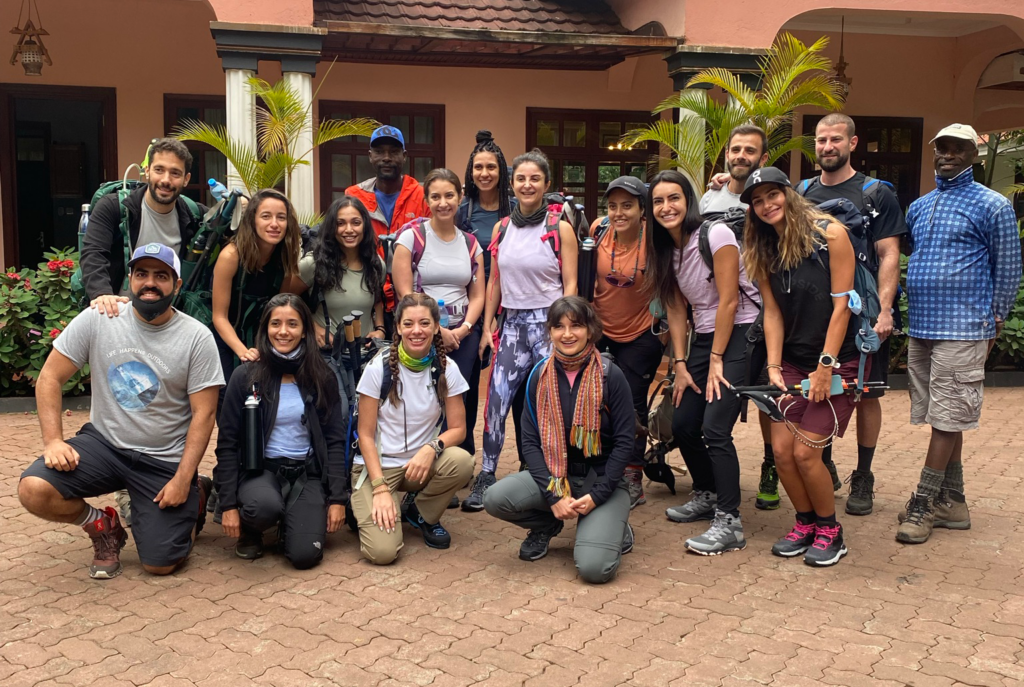
These are all beautiful and magical stories that will last a lifetime. So, ask yourself, what kind of storyteller do you want to be? When you have kids, grandkids, or are surrounded by a younger generation, what stories will you tell? I have a few nice ones now because of that mountain, and the sky is the limit.
About Life Happens Outdoors
At Life Happens Outdoors, we believe in the power of nature to transform lives. As proud members of the Adventure Travel Trade Association (ATTA) and the World Travel & Tourism Council (WTTC), our team of certified guides and outdoor professionals is committed to the highest standards of safety, sustainability, and excellence.
Discover more about our story and mission on our Meet LHO page, or explore our curated adventures such as the Tour du Mont Blanc Trek, the Climb of Kilimanjaro, and Chasing the Northern Lights.








